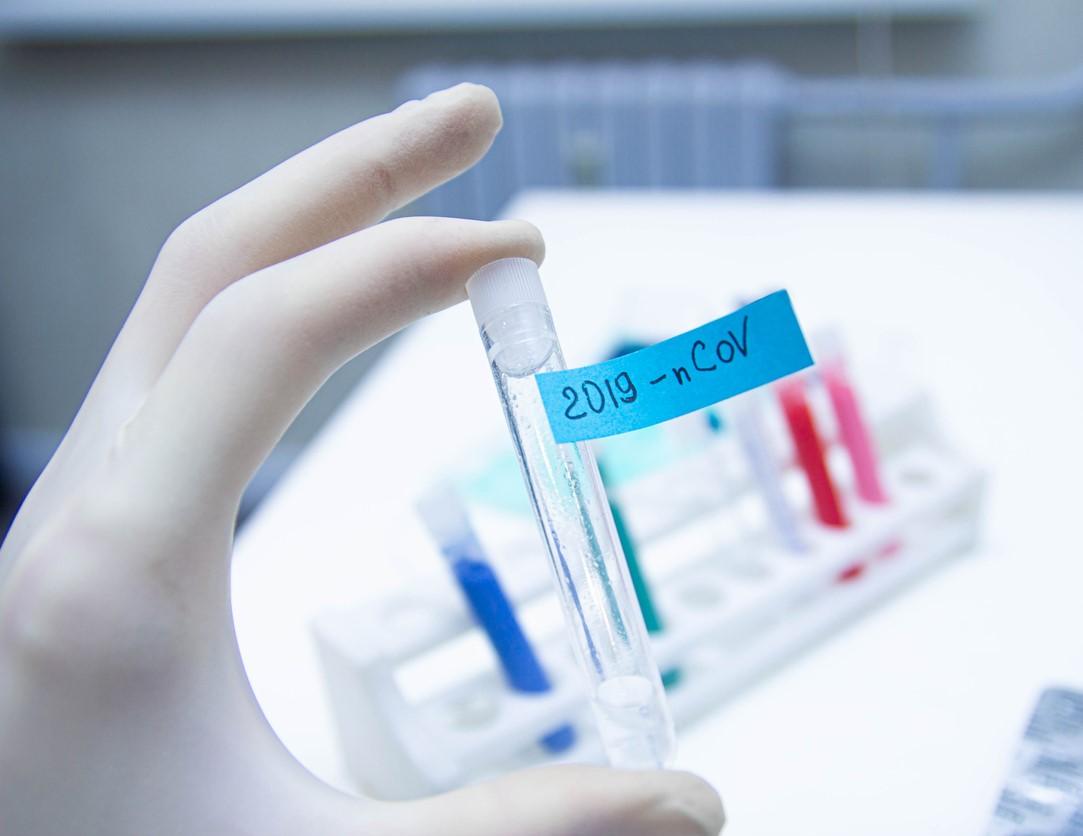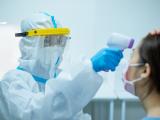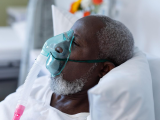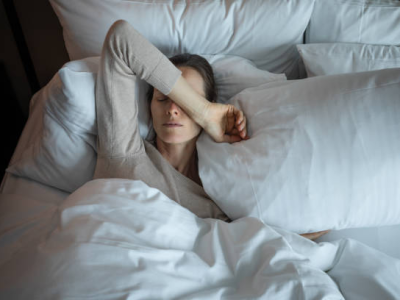Rick Bright, MD, the former director of the Biomedical Advanced Research and Development Authority (BARDA), said he was pushed out of his position earlier this week because he insisted government investment in COVID-19 research should go to safe and scientifically vetted solutions, and not unproven drugs, especially the antimalarials championed by President Donald Trump.
Bright, via his lawyer, issued a statement on his demotion late yesterday evening.
"Specifically, and contrary to misguided directives, I limited the broad use of chloroquine and hydroxychloroquine, prompted by the Administration as a panacea, but which clearly lack scientific merit," Bright said. "I rightly resisted efforts to provide an unproven drug on demand to the American public."
Yesterday during the White House coronavirus task force briefing, Trump said he did not know who Bright was.
Also during the briefing yesterday, Trump said he did not agree with Georgia Governor Brian Kemp's decision to reopen his state this week.
"I told the governor of Georgia, Brian Kemp, that I disagree strongly with his decision to open certain facilities," Trump said. "He must do what he thinks is right. I want him to do what he thinks is right, but I disagree with him on what he is doing."
In other White House news, yesterday Reuters reported that Department of Health and Human Services (HHS) Secretary Alex Azar put in charge of the HHS coronavirus response a Texas businessman named Brian Harrison who had no public health training, and whose main work experience has been running a labradoodle breeding operation.
Harrison was tapped to run the day-to-day HHS operations in relation to COVID-19 in late January.
As of today, the United States has 856,209 COVID-19 cases and 47,272 deaths, according to a tracker maintained by USA Today.
Modeling, testing suggest virus widespread
New modeling from Northeastern University suggests that by the time New York City recorded its first confirmed COVID-19 case on Mar 1, as many as 10,000 city residents could have already contracted the virus. Other major cities, including Boston, Seattle, Chicago, and San Francisco likely had thousands of cases as well, with transmission spreading through the community throughout February.
Though the modeling is only an estimate, the researchers said their work suggests the virus was spreading silently for weeks before any patient in the US was being tested. According to a story in the New York Times, the model is based on simulating the movements of people based on where they fly, how they move around, when they go to school, and other data.
The model also suggests US cases were likely more connected to COVID-19 outbreaks in Europe, rather than Asia.
Also today, a new study based on antibody sampling shows as many as 13.9% of New Yorkers have been infected with COVID-19. Governor Andrew Cuomo announced the study results today in his briefing from Albany. The percentage correlates to 2.7 million infections across the state.
New York has the most COVID-19 cases of any state in the nation, with 263,460 cases including 15,740 deaths.
4.4 million more unemployed as CARES Act funds labs
Another 4.4 million Americans filed for unemployment benefits last week, bringing the total number of Americans who have filed such claims since March to 26.5 million. That number represents just over 16% of the US labor force.
Today HHS announced $631 million from the Coronavirus Aid, Relief, and Economic Security (CARES) Act of 2020 will go to 64 jurisdictions through the existing Epidemiology and Laboratory Capacity for Prevention and Control of Emerging Infectious Diseases (ELC) cooperative agreement. The money will be used to help states reopen their local economies.
"This new funding secured from Congress by President Trump will help public health departments across America continue to battle COVID-19 and expand their capacity for testing, contact tracing, and containment," said Azar in a press statement. "As we look toward re-opening the economy, the work of these dedicated public health officials is only going to get more important, and the Trump Administration and CDC [Centers for Disease Control and Prevention] will be working right alongside them to assist."
The money will be used to train and hire personnel to conduct aggressive contact tracing, surveillance, and testing.
Governor announces new testing initiative
Yesterday Minnesota Governor Tim Walz announced the most aggressive plan to test citizens widely for the coronavirus in what he is calling the "Minnesota moonshot," a $36 million partnership between the state, the Mayo Clinic, and the University of Minnesota.
Under the plan, as many as 20,000 state residents could be tested for the virus each day, meaning Minnesota would be testing the most people per capita in the country.





















